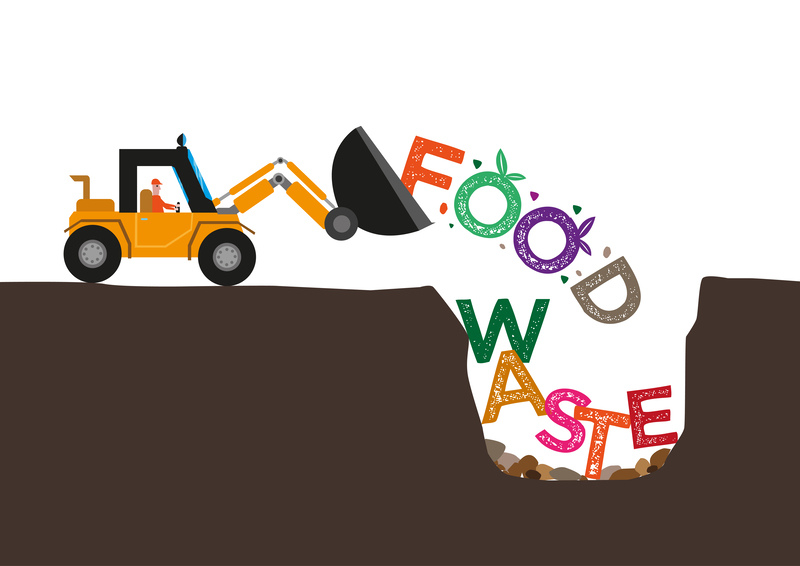Taking Down Fence Panels
Posted on 02/08/2024
Taking down fence panels might seem like a daunting task, but with the right approach and tools, it can be managed efficiently and safely. Whether you're replacing old panels, renovating your garden, or simply removing an existing fence, this comprehensive guide will provide you with detailed instructions, tips, and considerations.
Reasons to Take Down Fence Panels
There are several reasons why you might need to take down fence panels:
1. Damage or wear and tear: Over time, fence panels can become damaged due to weather, pests, or general wear and tear.
2. Redesigning your garden: You may want to change the layout of your garden or replace the existing fence with a new design.
3. Property boundaries: Sometimes, disputes or changes in property boundaries necessitate the removal of existing fences.

Preparation and Tools Needed
Before you start, it's crucial to have the right tools and preparations in place:
- Safety gear: Gloves, safety glasses, and appropriate footwear.
- Tools: Hammer, crowbar, screwdriver, pliers, and a saw (if cutting panels is necessary).
- Materials: Sandpaper and wood preservative (if you plan to reuse the panels).
Step-by-Step Guide to Taking Down Fence Panels
Step 1: Assess the Situation
Before dismantling the fence, carefully inspect the panels and posts. Determine how the panels are attached to the posts--most are secured using nails, screws, or brackets.
Step 2: Wear Safety Gear
Safety is paramount. Ensure you wear gloves to protect your hands from splinters and sharp edges, safety glasses to shield your eyes, and sturdy shoes to protect your feet.
Step 3: Remove Fasteners
Using a screwdriver or hammer, remove the screws or nails holding the panel to the posts. If the panels are attached using brackets, use pliers to detach them. Work methodically to avoid damaging the panels if you plan on reusing them.
Step 4: Detach the Panels
Once the fasteners are removed, gently pry the panel away from the posts using a crowbar. It may require patience and some force, especially if the panels have been in place for a long time.
Step 5: Inspect and Clean
After removing the panels, inspect them for any damage or rot. Sand down any rough edges and apply a wood preservative if you plan on reusing the panels.
Tips for Easier Removal
- Work with a partner: Having an extra set of hands can make the process smoother and safer.
- Label the panels: If you plan to reinstall the panels, label them for easier reassembly.
- Use the right tools: Ensuring you have the appropriate tools will make the job quicker and more efficient.
Pros and Cons of DIY Fence Panel Removal
Pros
- Cost-effective: Removing the panels yourself can save on professional labor costs.
- Immediate results: You can work at your own pace and timeframe.
- Experience: It provides hands-on experience and a sense of accomplishment.
Cons
- Time-consuming: Dismantling fences can be a lengthy process, especially for larger properties.
- Physical effort: It requires physical labor and may not be suitable for everyone.
- Risk of Damage: Without proper technique, you may damage the fence panels or surrounding area.

Essential Takeaways
- Preparation is key: Having the proper tools and safety gear is crucial.
- Work methodically: Take your time removing fasteners to avoid damaging the panels.
- Inspect after removal: Check panels for damage and treat them if necessary.
Conclusion
Taking down fence panels isn't an overly complicated task, but it does require proper preparation, the right tools, and attention to safety. Whether you're looking to replace old panels, redesign your garden, or address property boundary issues, following the steps outlined in this guide will help ensure a smooth and successful fence panel removal.

